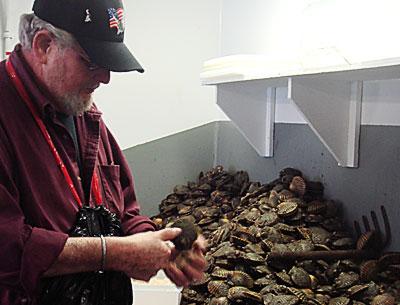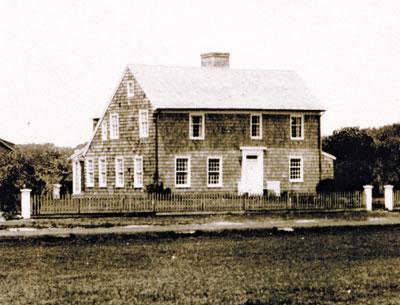Parents Air Grievances
Parents Air Grievances
A packed house of parents aired their grievances at a three-hour meeting of the East Hampton School Board on Nov. 20, the night before the start of the Thanksgiving holiday. Nearly all the impassioned comments concerned the new limits on Middle School field trips and extracurricular activities.
“It’s like they’ve sucked all the fun out of middle school,” said Sandra Albukrek, whose daughter is in sixth grade and is a member of the Bonnettes, the all-girls choir.
“I understand the need to take the fluff out of the budget, but you also need to take into account that one child’s fluff is another child’s passion,” said Wendy Geehreng, president of the Middle School PTA. Two of her four children are at the school.
Confusion and frustration mounted as parents expressed concern over the cancellation of studio art, of a Bonnettes performance at Lincoln Center, and of the sixth-grade OWLS (Outdoors While Learning Science) program, as well as the absence of a student council, among other changes.
“Perhaps there shouldn’t have been a knife taken to field trips. Maybe a scalpel would have been a better option,” said Richard J. Burns, Superintendent of Schools. “Tom is going to take care of it. Welcome back, Tom.”
“Tom,” Dr. Thomas Lamorgese, has served as interim principal of the Middle School since mid-November. Later in the meeting, the board unanimously approved his per diem rate of $350 a day while the school’s current principal, Dr. Charles Soriano, is out on an extended medical leave.
Dr. Soriano’s absence has fueled much of the ongoing confusion, according to several parents. Dr. Lamorgese said he hoped he might return before Christmas vacation.
The board was unable to resolve all the concerns being raised but did agree that the Bonnettes should take the Lincoln Center stage next spring. Further, at the urging of Jackie Lowey, a board member, the OWLS program was reinstated, at a cost to the district of $4,800, split between the fall and spring semesters at a cost of $2,400 per term. The program will resume after the Christmas vacation.
Mr. Burns reminded the gathering that education comes first, and that time spent in the classroom is the top priority. “Right now, we are in the middle of the pack,” he said, “and we deserve to be on the high end of the pack.”
Ms Lowey agreed. “There is no question that the entire school district is putting education first,” she said. “The board and the administration want to pursue academic excellence from grades K-12. When there is a valuable educational experience available outside of the classroom that enriches our students and furthers that goal, we will support and facilitate it.”
Mr. Burns next addressed the issue of making up the five instructional days that were lost when schools shut down after Hurricane Sandy. With state-mandated tests occurring next April, he said the need for increased classroom time was acute. Adam Fine, principal of East Hampton High School, has already canceled January midterms, opting to use the exam week for extra class time.
On Monday, the district released its plan to recover the five missed days. Rather than eliminate the February recess, the spring break will be split into two long weekends, with classes held from March 26 through March 28. In the event of an additional snow day, school will be in session on March 25 as well.
“While not every field trip and extracurricular is necessary, there should at least be a discussion about what is and what is not necessary,” Ms. Geehreng said after the meeting. “Our intent was never for the board to have to micro-manage every field trip, but some things just seem to disappear and no one knows why.”







